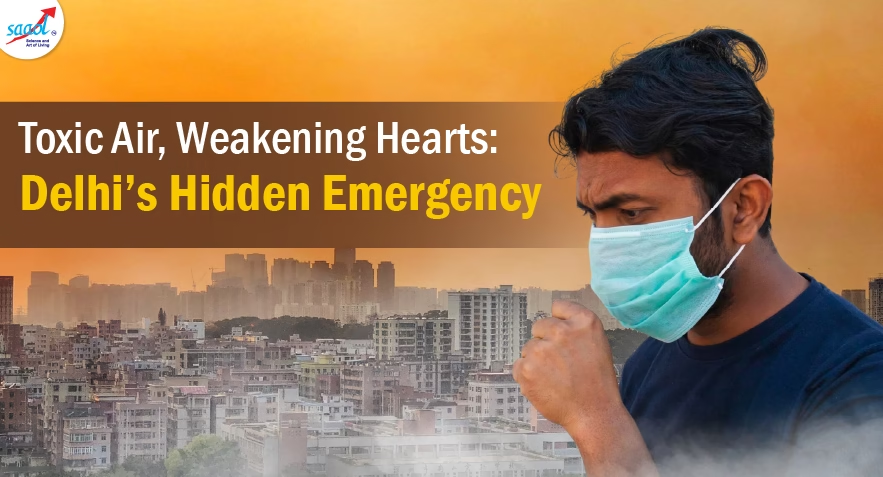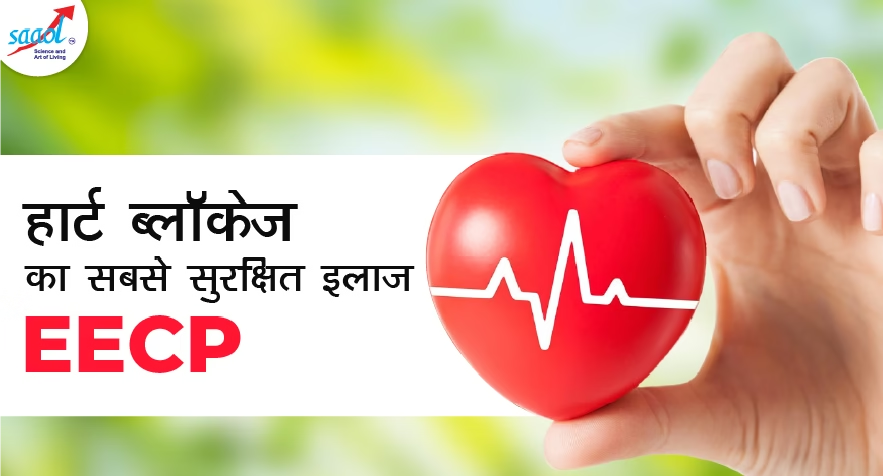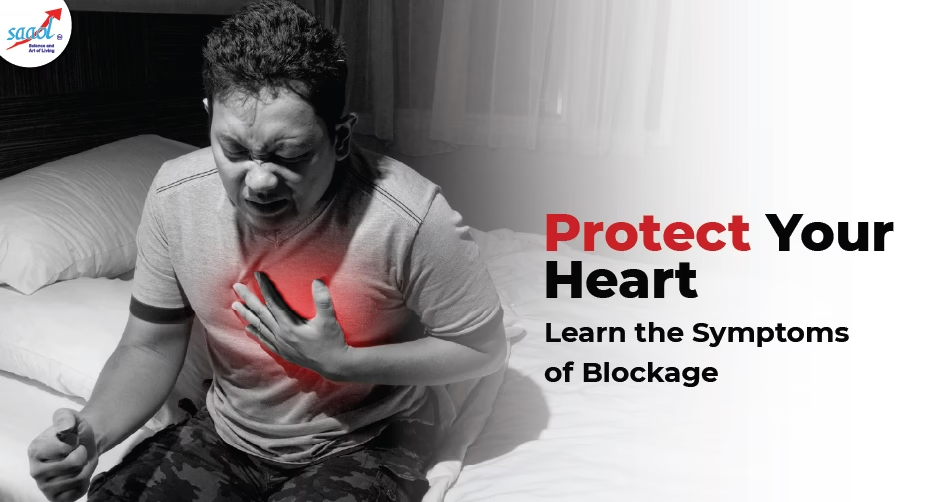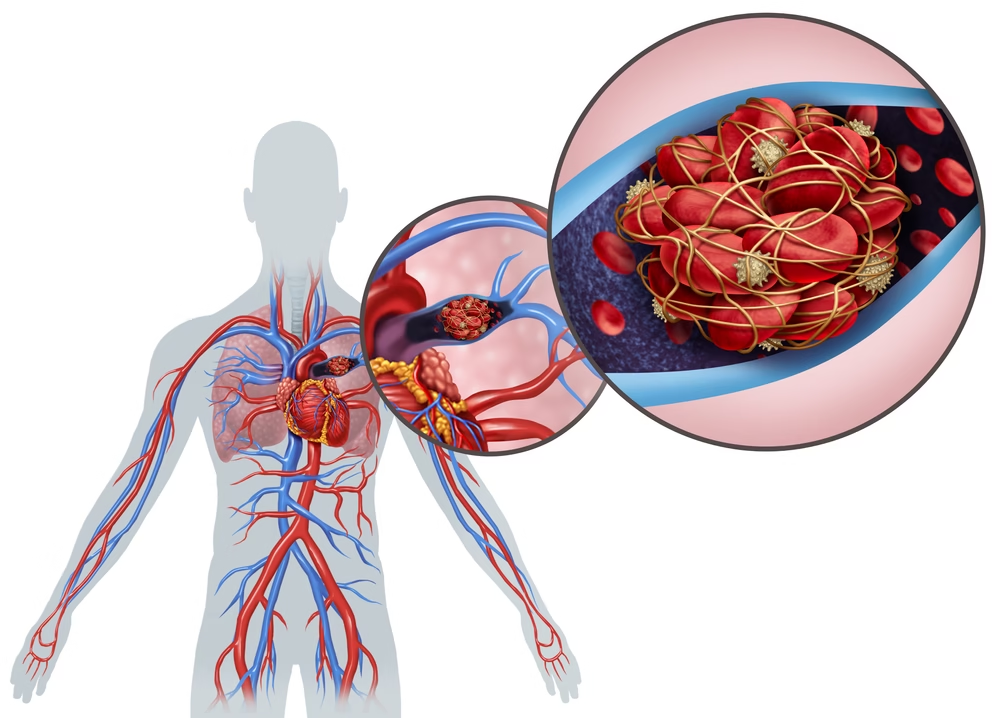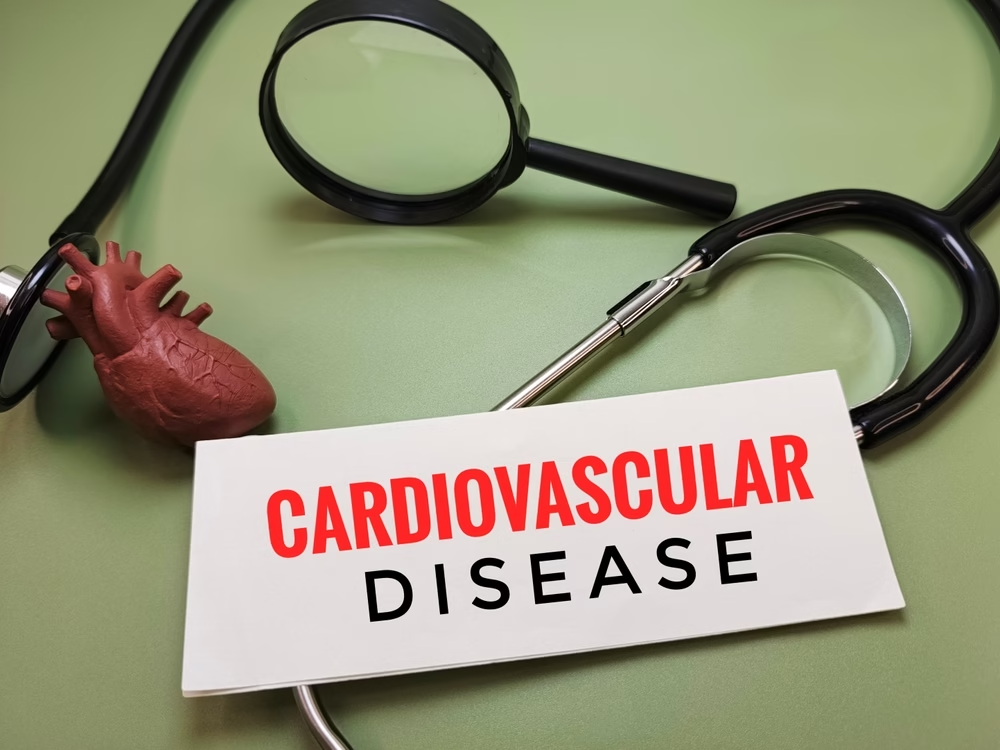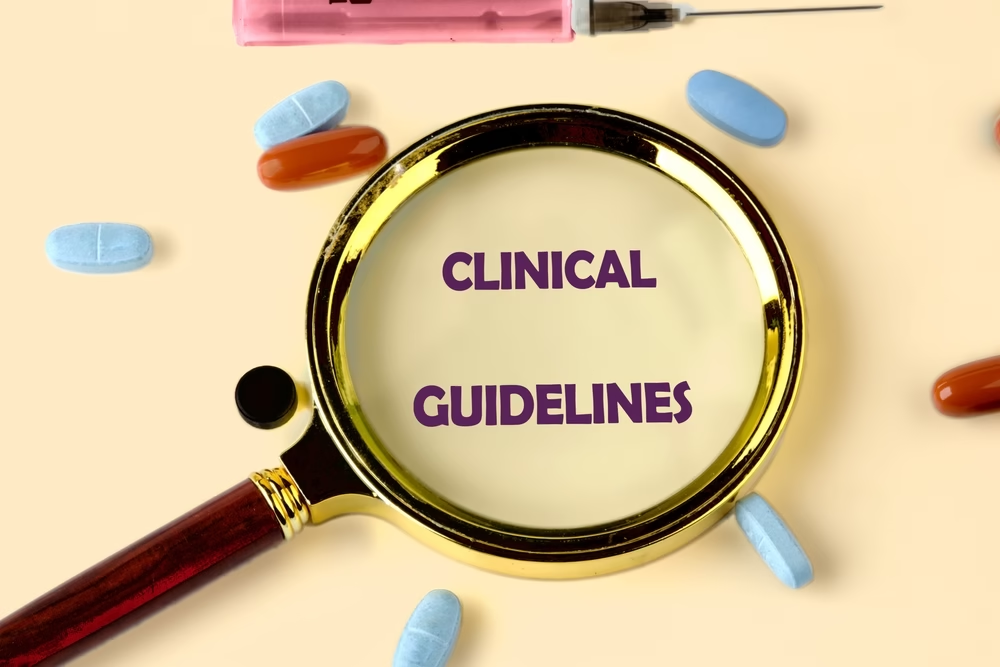Know Your Heart
Learn about the basics of the heart, its functioning, causes of heart blockages, heart attacks, heart condition symptoms and more.
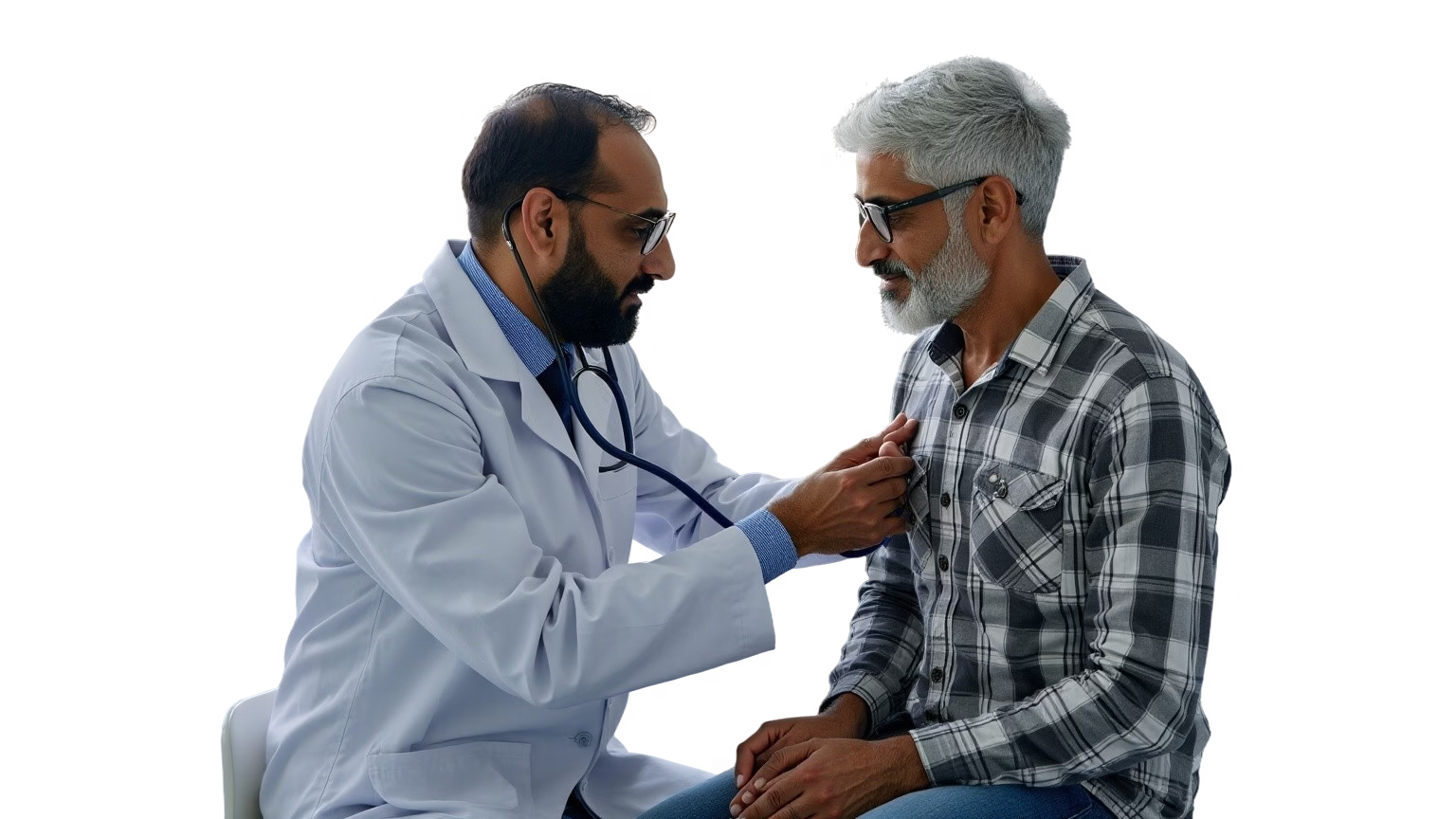
What is Heart?

The heart is a fist-sized organ that pumps blood throughout your body. It is located in the chest wall between the lungs, a little to the left of the sternum (breastbone). It functions as the central component of your circulatory system. The parts of your heart are like the sections of a house. Your heart has:
- Walls
- Valves (doors)
- Chambers (rooms)
- Blood vessels (plumbing)
- Electrical conduction system (electricity)
How does the Heart Work?
Let us understand the workings of the heart step by step:
Step 1 – Blood with low oxygen levels is pumped by the right ventricle to the lungs, where it picks up new oxygen.
Step 2 – Blood with a high oxygen content is brought from the lungs by the left atrium and pumped to the left ventricle.
Step 3 – Blood with a high oxygen content is pumped throughout the body via the left ventricle.
Thus, a rhythmically contracting heart continuously pumps oxygen-rich blood from the lungs into the arteries, delivering nutrients and oxygen to cells. This systemic circulation supplies oxygen and nutrients to tissues and organs.
What is the function of the Heart?
The human heart performs the following functions:
- Pumping blood with oxygen to other body regions
- Delivering hormones and other necessary materials to various bodily areas
- Receiving oxygen-poor blood, pumping it to the lungs for oxygenation, and carrying bodily waste to be expelled
- Keeping blood pressure constant
What is a Heart Disease?
Heart disease is another name for cardiac disease. Cardiac disease is a broad word that refers to a variety of cardiac issues. Heart and blood vessel disease is another name for it.
Some of the different/common types of heart diseases are mentioned below:
- Artery disease: It is a condition affecting the blood arteries supplying the heart muscle, also known as coronary heart disease or coronary artery disease.
- Cerebrovascular disease: It is a condition affecting the blood arteries supplying the brain.
- Peripheral arterial disease: A condition of the blood arteries supplying the arms and legs known as peripheral arterial disease.
- Rheumatic heart disease: It is caused by streptococcal bacteria, which also cause rheumatic fever, which damages the heart muscle and heart valves.
- Deep vein thrombosis and pulmonary embolism: These are blood clots that can migrate from the leg veins to the heart and lungs when they dislodge.
- Congestive heart failure: It is a loss in the heart's capacity to pump blood as a result of an accumulation of extra fluid.
- Arrhythmia: It is an abnormal heartbeat brought on by poor electrical signals.

Heart attacks and strokes are typically sudden, severe events that are mostly brought on by a blockage that stops the flow of blood to the heart or brain. Fatty deposits that have accumulated on the inner walls of the blood arteries that supply the heart or brain are the most frequent cause of this. Blood clots or hemorrhage from a brain blood artery can both result in strokes.
Although heart disease is the primary cause of death in India, there are strategies to prevent and treat many different types of heart disease. It is always a good idea to speak to your doctor or call us at 9811050427, 8383069276
What is Coronary Heart Disease or Coronary Artery Disease/CAD?
Coronary heart disease, also known as coronary artery disease (CAD), is a condition marked by swelling and the accumulation of fatty deposits along the coronary arteries’ innermost layer. The fatty deposits may start to form in infancy and continue to thicken and increase as people age. The narrowing of the arteries caused by this thickening, known as atherosclerosis, can reduce or obstruct the flow of blood to the heart.
According to the Indian Heart Health Association, men under the age of 50 account for 50% of all heart attacks in India, while men under the age of 40 account for 25%. Men are slightly more prone to cardiovascular problems than women are.
What are the risk factors for blockages in Coronary Arteries?
Risk factors are elements that make you more likely to get the disease.
There are numerous risk factors for coronary artery blockages. For ease of comprehension, we have divided risk factors into 2 main categories.
1. Non-Modifiable – In other words, they cannot be altered and are non-modifiable.
2. Modifiable – You can take action to alter something that is malleable.
What is Heart Attack?
Myocardial infarction, often known as a heart attack or coronary thrombosis in medicine, is the result of a complete blockage of the blood flow to a portion of the heart muscles. This happens when either of the coronary arteries or any of their branches are completely blocked. Death results from the complete deprivation of the cardiac muscles’ blood and oxygen supply.
Depending on how much of the heart muscle is actually affected, the severity and symptoms of the heart failure will vary. If only 5 to 10% of the affected area is affected, it is considered moderate and most individuals recover. However, a serious heart attack is one in which more than 30 to 40 percent of the heart muscles are dead. Serious heart attacks can even be fatal if they are not treated appropriately and promptly.
Have a question? Reach our heart experts!
Get answers to all your queries and start your journey to healthy heartbeats
Patients Speaks
SAAOL has transformed thousands of lives by ensuring that patients go back home with a stronger and healthier heartbeat and enjoy the happy rhythm of life. Here’s what they have to say about their SAAOL experience.
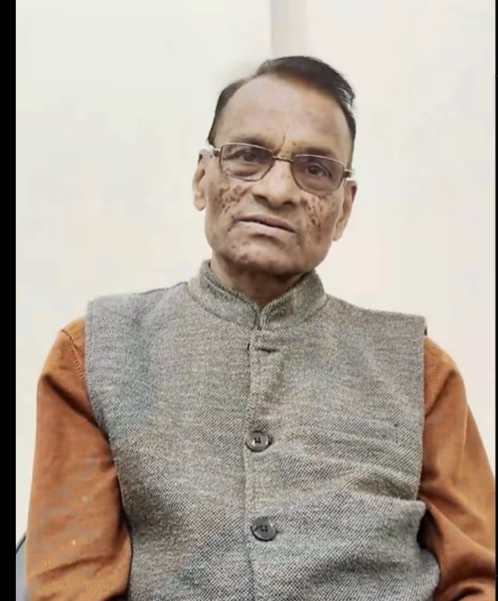
I started experiencing heaviness in my chest during my morning walks, and soon, I could barely walk beyond 1-2 km. I knew something was wrong with my heart. A relative told me about SAAOL Heart Care Delhi, and I was relieved to find a center near my home in Janakpuri. After 40 days of EECP therapy, I feel a remarkable difference. My energy levels are back, and I can walk comfortably again. The heart-friendly diet suggested by SAAOL’s doctors has truly helped me, and I am committed to following this healthier lifestyle. I am grateful to SAAOL for giving me a new lease on life!
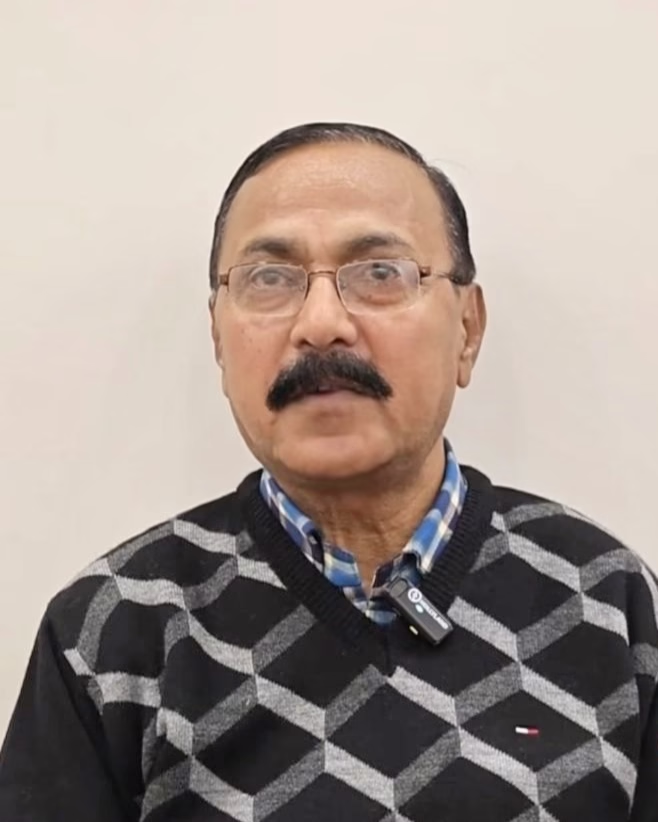
I was struggling with chronic chest pain and breathlessness, completely dependent on medicines, with no clear solution in sight. But then I found SAAOL. In just 40 days of EECP treatment and SAAOL Detox Therapy, my life changed completely. My heart pumping improved from 25% to 45%, and I no longer experience any chest pain or breathlessness. Today, I can walk 3KM effortlessly—something I never thought would be possible again. The best part is no surgery, no stents, just a completely natural recovery. SAAOL gave me a second chance at life, and I am truly grateful for their care and expertise.
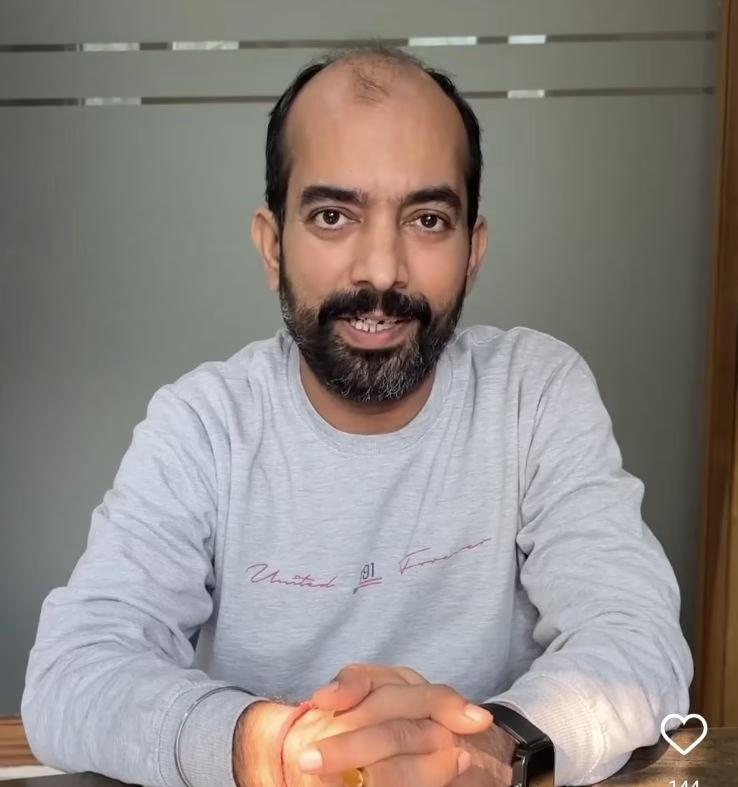
Before coming to SAAOL, no doctor clearly explained my heart condition to me. I was only told that my heart’s pumping capacity was just 20% and was immediately advised to get an angiography. Then, a friend recommended SAAOL, where I met Dr. Sachin. He explained everything in detail, giving me clarity and confidence." "My wife and I were amazed by the positivity at SAAOL. She was extremely anxious when we arrived, but after speaking to the doctor, we felt reassured and motivated. The care, guidance, and non-invasive approach truly worked. Today, I am healthy, and my results have improved significantly. We are deeply grateful to Dr. Sachin and the entire SAAOL team for their support in this journey.

I am just sharing my experience after 4 years of regular consultation from SAAOL HEARTCARE Chattarpur centre. I am totally satisfied.
95% and 80% blockage were in few major places from many blockages. Three big hospital of Delhi NCR told for bypass surgery or else immediate angioplasty for 2 stent placement.
My father (current age 75 year) core issue get resolved post treatment from Dr. Bimal Sir. It was a only one time busy schedule for 40 days... It's really worth of putting time on treatment. Thanks a lot Dr. Bimal Sir.

My blockage was 80-90% and heart pumping was about 24 and my main complaints were discomfort, unable to walk, major breathing issues. That is when I came across SAAOL and Dr. Bimal Chhajer. I watched his lectures and learned that Heart blockages can be reversed without surgery and with a few lifestyle changes. I started my treatment at SAAOL and within a month’s time I feel much healthier and are able to perform all day-to-day activities with ease. I am able to walk for an hour daily, I don’t feel fatigue or any kind of discomfort now. I am very grateful to Dr. Chhajer for his guidance and for providing heart patients with an alternate that is cost effective also.

I had a minor heart attack in 1989 and doctors told me that getting bypass surgery is my only option but I refused. I met Dr. Bimal Chhajer at a medical residential camp in Faridabad and at that time I was unable to do day-to-day work due to excessive pain in my body and I was taking atleast 6-7 Sorbitrate tablets per day. I immediately started the EECP treatment and Detox Therapy along with diet and lifestyle changes including yoga, and meditation, and followed a zero oil diet plan for 40 days. For 2 years I kept on following these lifestyle changes and now after 25 years I am completely fine and I am also able to do normal day-to-day activities very easily. All this was made possible SAAOL without any kind of bypass surgery or angioplasty.

Year ago my husband was suffering from angina and discomfort in walking and doing sedentary activities. We heard about SAAOL through YouTube. We consulted Dr.Chhajer and were told that my husband’s Heart health could get better without surgery and with a few lifestyle changes. Post completion of the treatment his test reports only showed 50% blockage. He takes his regular medication and follows the SAAOL recommended Lifestyle like Zero Oil Cooking, Yoga, etc. His health is constantly improving. We are very grateful to SAAOL and Dr.Chhajer for his noble service for the society.

About 6-7 months ago I suffered from minor angina due to which doctors told me to go for a stent. After 3 months, I had a Heart stroke which got me really worried about my health. A friend recommended Dr.Bimal’s YouTube channel and I got to know about Natural Bypass. . It is a process that treats Heart blockage without any surgery and I started my treatment immediately. I took 35 EECP sessions along with medication and followed the SAAOL Lifestyle. I am so relieved now as my condition has improved tremendously and I am at ease now. I would like to thank Dr.Chhajer for his advise and for healing lakhs of Heart patients the Natural way. I will definitely spread knowledge about this treatment to my near and dear ones.

Kamleshwari Ji
"I can walk beyond 1-2 km again"... I started experiencing heaviness in my chest during my morning walks, and soon, I could barely walk beyond 1-2 km. I knew something was wrong with my heart. A relative told me about SAAOL Heart Care Delhi, and I was relieved to find a center near my home in Janakpuri. After 40 days of EECP therapy, I feel a remarkable difference. My energy levels are back, and I can walk comfortably again. The heart-friendly diet suggested by SAAOL’s doctors has truly helped me, and I am committed to following this healthier lifestyle. I am grateful to SAAOL for giving me a new lease on life.

R.S. Lal
" My heart pumping improved from 25% to 45%"... I was struggling with chronic chest pain and breathlessness, completely dependent on medicines, with no clear solution in sight. But then I found SAAOL. In just 40 days of EECP treatment and SAAOL Detox Therapy, my life changed completely. My heart pumping improved from 25% to 45%, and I no longer experience any chest pain or breathlessness. Today, I can walk 3KM effortlessly—something I never thought would be possible again. The best part is no surgery, no stents, just a completely natural recovery. SAAOL gave me a second chance at life, and I am truly grateful for their care and expertise.

Dinesh Dagar
"SAAOL saved me from Bypass surgery"... Before coming to SAAOL, no doctor clearly explained my heart condition to me. I was only told that my heart’s pumping capacity was just 20% and was immediately advised to get an angiography. Then, a friend recommended SAAOL, where I met Dr. Sachin. He explained everything in detail, giving me clarity and confidence. My wife and I were amazed by the positivity at SAAOL. She was extremely anxious when we arrived, but after speaking to the doctor, we felt reassured and motivated. The care, guidance, and non-invasive approach truly worked. Today, I am healthy, and my results have improved significantly. We are deeply grateful to Dr. Sachin and the entire SAAOL team for their support in this journey.

Pranav Kumar
"My father’s core issue got resolved post treatment from Dr. Bimal Chhajer"... 95% and 80% blockage were in a few major places. Three big hospitals in Delhi NCR advised bypass surgery or immediate angioplasty. My father, aged 75, was treated by Dr. Bimal Sir at SAAOL, and after 40 days of dedicated therapy, his core issue was resolved without surgery. We’re very grateful!

Mrs. Manju Pannwali
"My heart is much healthier within one month"... I had 80–90% blockage and a 24% pumping rate. After starting SAAOL therapy and diet changes, I felt a drastic improvement. I’m now walking daily and have no fatigue or discomfort. Huge thanks to Dr. Bimal!

Mrs. Chameli Khaka
"I am also able to do normal day-to-day activities very easily"... I refused bypass surgery and followed EECP, Detox Therapy, zero-oil diet, and yoga from Dr. Bimal. Within 2 years, I recovered fully. Now, 25 years later, I’m still healthy — no surgery ever needed!

Mrs Pal
"SAAOL changed my husband's life"... Year ago my husband was suffering from angina and discomfort in walking and doing sedentary activities. We heard about SAAOL through YouTube. We consulted Dr.Chhajer and were told that my husband’s Heart health could get better without surgery and with a few lifestyle changes. Post completion of the treatment his test reports only showed 50% blockage. He takes his regular medication and follows the SAAOL recommended Lifestyle like Zero Oil Cooking, Yoga, etc. His health is constantly improving. We are very grateful to SAAOL and Dr.Chhajer for his noble service for the society.

Mr Ashok Gupta
"It is a process that treats Heart blockage without any surgery"... About 6-7 months ago I suffered from minor angina due to which doctors told me to go for a stent. After 3 months, I had a Heart stroke which got me really worried about my health. A friend recommended Dr.Bimal’s YouTube channel and I got to know about Natural Bypass.It is a process that treats Heart blockage without any surgery and I started my treatment immediately. I took 35 EECP sessions along with medication and followed the SAAOL Lifestyle. I am so relieved now as my condition has improved tremendously and I am at ease now. I would like to thank Dr.Chhajer for his advise and for healing lakhs of Heart patients the Natural way. I will definitely spread knowledge about this treatment to my near and dear ones.


